Director's Cuts and Storrie Originals
AWW:
Now you're working on a new series of Robin Hood adventures for
Moonstone Books. The first is due out in October and is billed as a "director's
cut" of Robin Hood and Alan a Dale. What sorts of things go into making
a "director's cut" of a ballad?
PDS:
The reason Robin Hood & the Minstrel is billed as a "director's
cut" is because the actual ballad is a pretty sparse story. Plus,
there isn't any real danger involved. Robin meets Allan. Allan
tells his plight. Robin and the Merry Men intervene in Ellen's wedding
and the young lovers are reunited. To make it into an interesting
comic, I had to expand the background and introduce a bit more action and
danger. Readers expect adventure and daring deeds when reading a
Robin Hood story
.
AWW:
Will the other volumes in the series follow this format?
PDS:
Somewhat. A lot of the stories will be based on ballads, but there
will be "Storrie originals" (as my editor calls them) in the mix.
Also, when I tell the various tales of how the main characters come to
be outlaws, there's LOTS of room for expansion. Who were these people
before they were outlawed? What was their family situation?
Who did they have to leave behind? That kind of thing.
AWW:
What are some of the "Storrie originals" stories coming in the Moonstone
run? What do you think are the ingredients of a good, original Robin
Hood story?
PDS:
Oh, wait. I didn't mean you should ask me the TOUGH questions!
Sorry,
I'm a chronic smart aleck.
The
first "Storrie original" is the third issue, a tale I call Robin Hood &
the Jailer. It focuses on a new Jailer the Sheriff appoints to the
Nottingham dungeon, deals an awful, awful lot with Marian, and also serves
to show the downside of Robin's occasionally cavalier attitude towards
the persons he robs. (By the by, it occurs to me that "cavalier"
attitude is anachronistic when applied to Robin Hood, but it's the right
phrase to describe what I mean. It's sometimes strange to write historical
fiction!)
Since
the books are coming out quarterly (every three months), I haven't gone
too far ahead in my writing and planning. Thus, I can't tell you
too much else about other original stories I'm cooking up. The next
one, which may be issue four, will deal extensively with the Sheriff, his
background, his motivations and his role as Robin's primary antagonist.
[Robin Hood and the Jailer was packaged with a black-and-white reprint of the Minstrel story and the script to Robin Hood and the Knight in 2004. Future publications are uncertain at this time.]
As
to the ingredients of a good, original Robin Hood story --
There
has to be high adventure. Action, excitement, intrigue. As
I mentioned earlier, Robin Hood is, to me, primarily about Justice vs.
Injustice. Ultimately, I think a good Robin story has to be about
making someone's life better. Evening up the scales of justice to
aid someone who has been dealt a bad hand.
AWW:
Women have few roles in the ballads. And while Marian is prominent in most
versions of the legend, she only appears in a few ballads. What roles will
women play in your "director's cut"?
PDS:
Women will have a role in the new series, though the most prominent to
start will be Marian. We introduce Allan-a-Dale's sweetheart Ellen
in the first story, but she will only appear occasionally thereafter.
I'll
try to be a bit more even-handed than the ballads in including women and
making their roles and actions integral to the stories. I'll also
be trying to avoid relegating them to the status of hostages (or at least
no more so than the occasional Merry Man or Robin himself).
While
Marian isn't an original part of the legends, I think she has become an
essential part. I'll be trying to portray her as a strong, competent,
vibrant character who is inspirational to the men around her, both in spirit
and in deeds. Also, I'll be showing her as the woman who could (and
did) give birth and raise an exceptional child like Robyn of Sherwood.
While the two series aren't quite linked, I'll be trying not to contradict
the backstory I laid down in Robyn. In my mind, the Moonstone
series could very well be the history of the Caliber one.
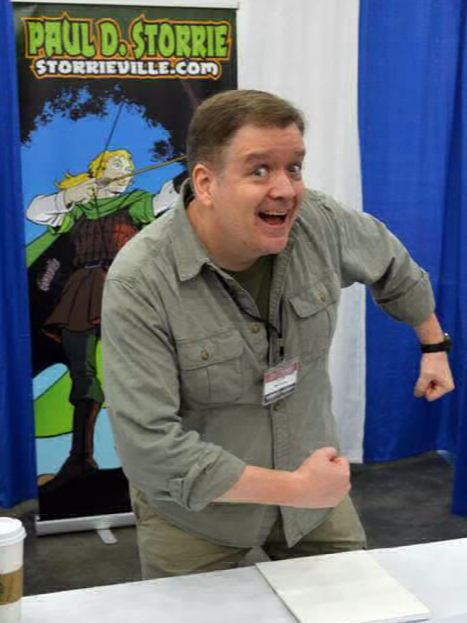
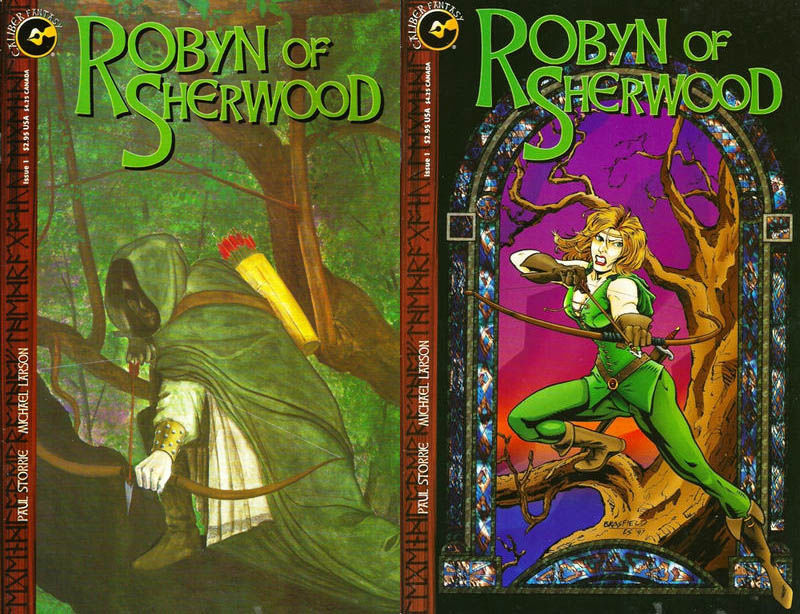
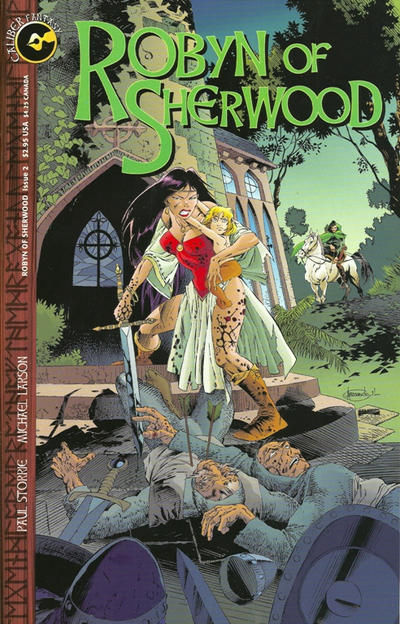
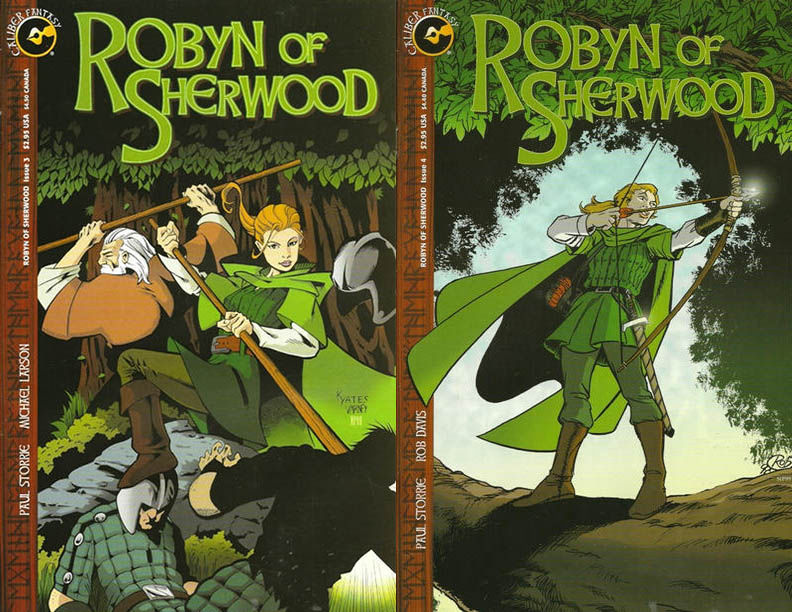
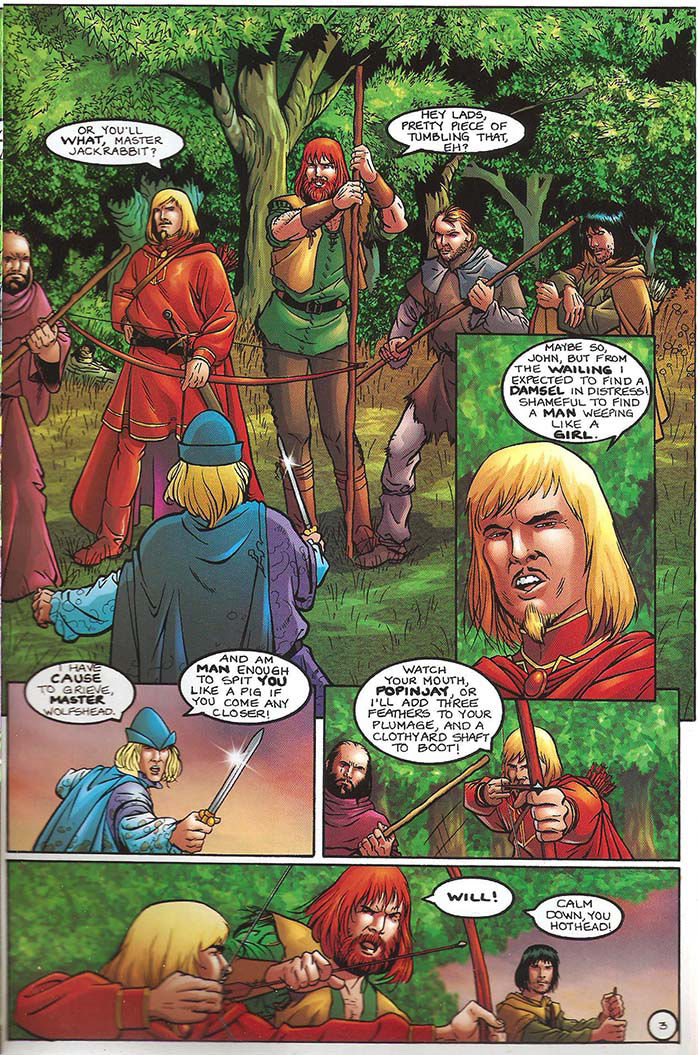
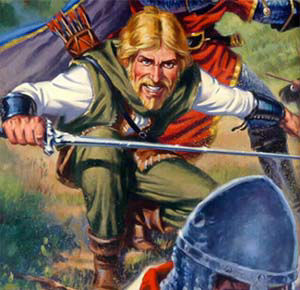
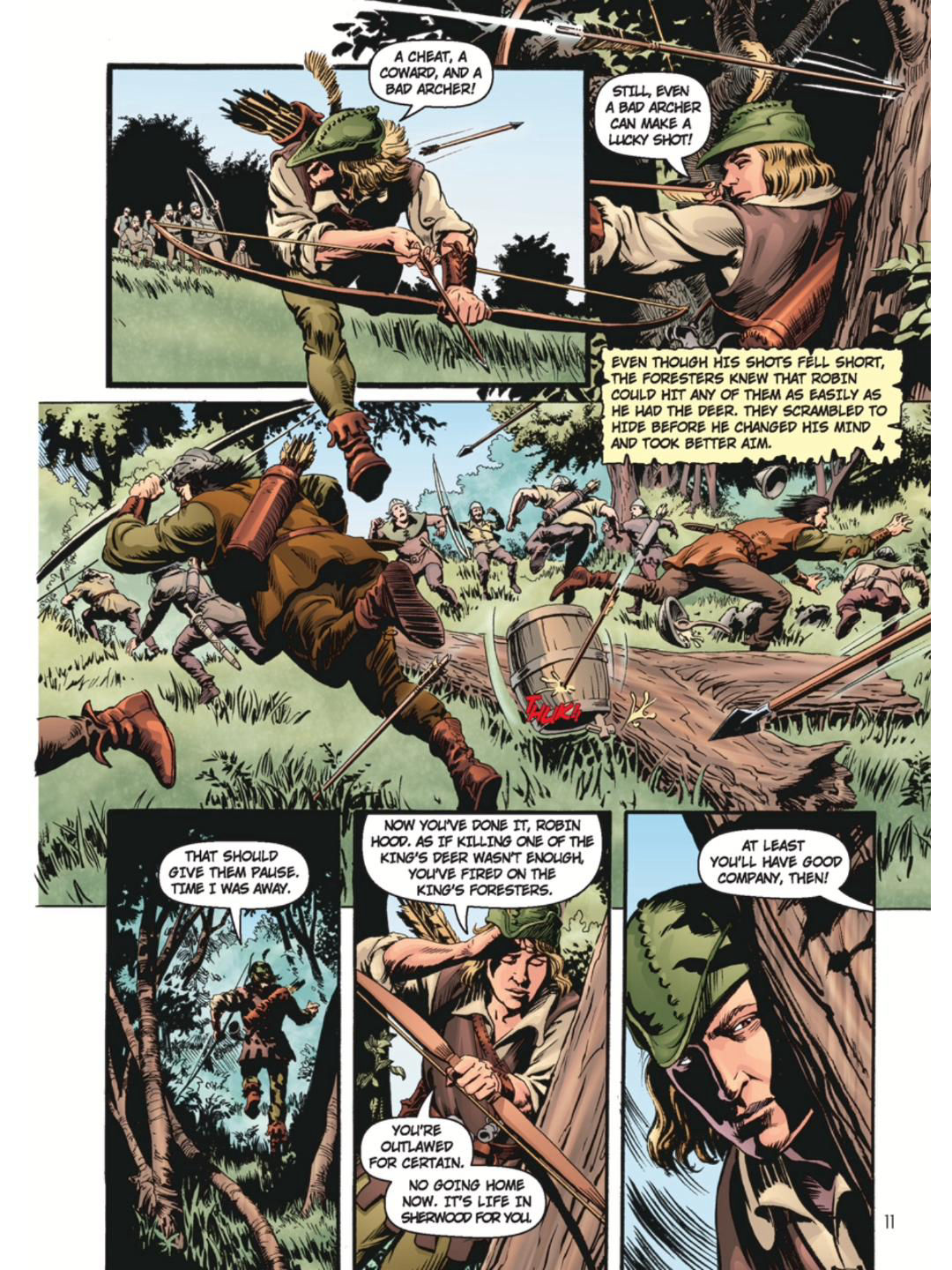
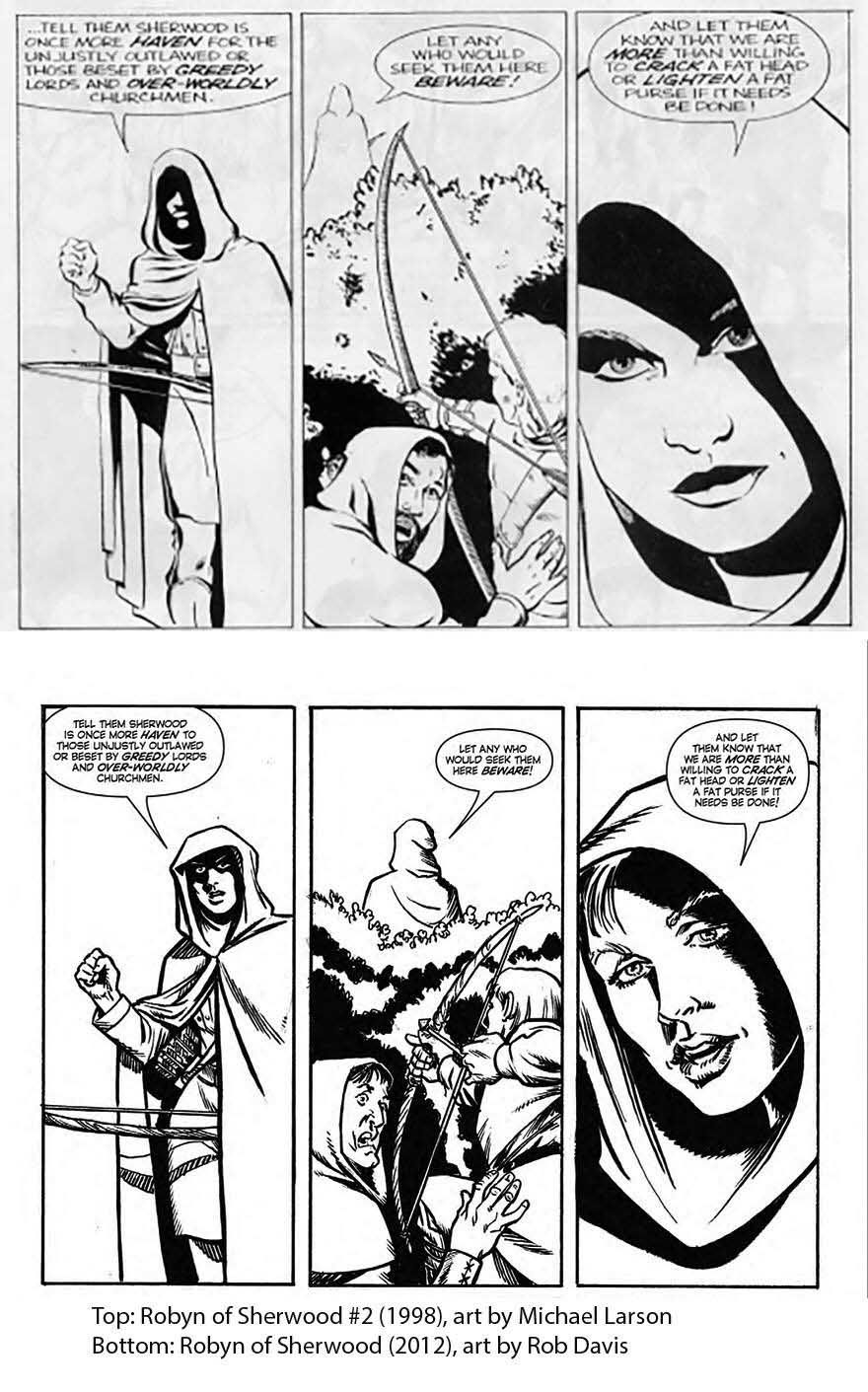


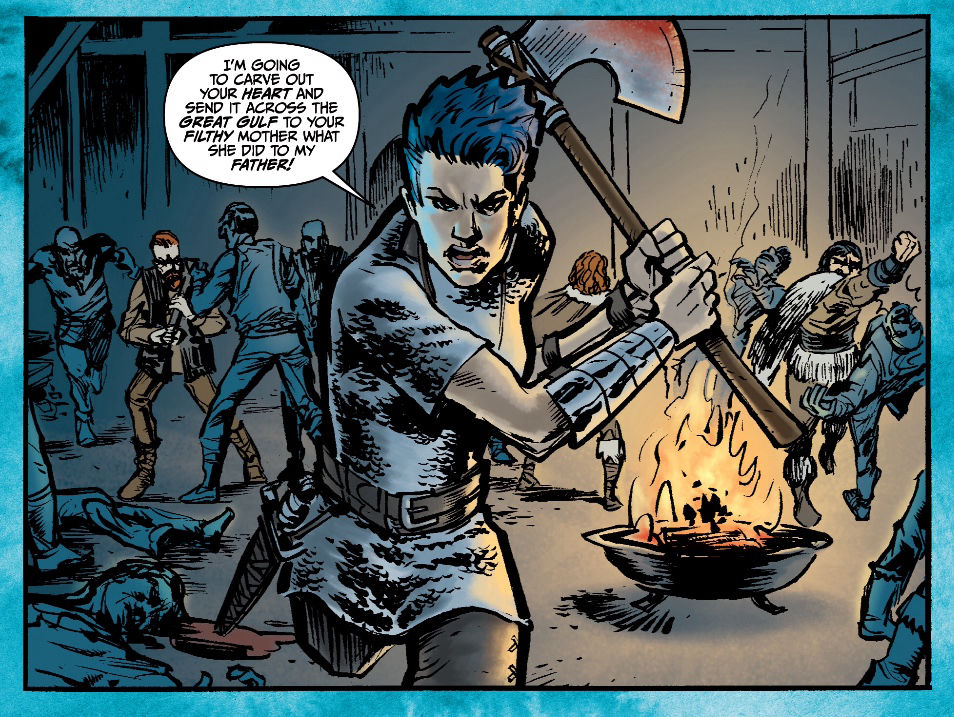
Contact Us